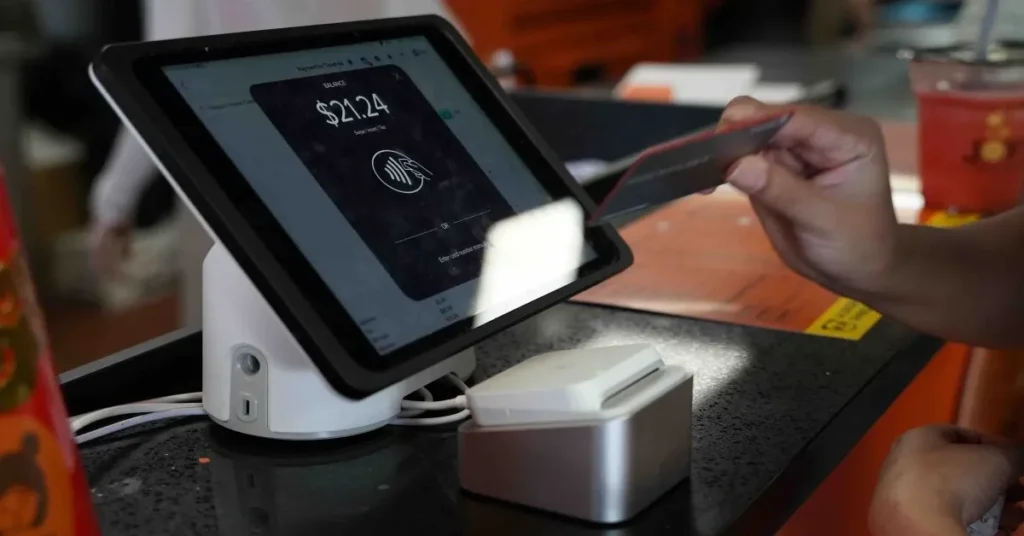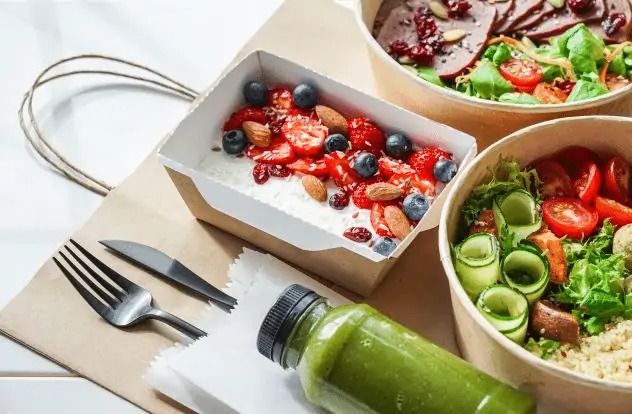The restaurant industry has changed dramatically over the last few years. Dining in is still important, but delivery and take-away have become essential revenue streams. In 2025, a restaurant point of sale system is no longer just a tool for processing payments at the table – it’s a central hub for managing orders, optimizing delivery, and growing revenue without adding chaos to the kitchen. Restaurants that leverage their POS effectively can turn every order – whether dine-in, curbside, or delivered – into a seamless, profitable experience. Here’s how modern POS systems are helping eateries scale delivery operations while keeping quality and customer satisfaction high.
1. Centralizing Orders Across Channels
Delivery isn’t just a separate service anymore—it’s an integral part of a restaurant’s workflow. Modern POS systems consolidate orders from multiple sources: in-house dining, phone orders, website orders, and third-party delivery platforms like Uber Eats, DoorDash, or Deliveroo. Instead of juggling tablets, paper tickets, or separate dashboards, staff see all orders in a single interface. This reduces mistakes, prevents double-booking, and gives managers a real-time view of total business volume.
2. Streamlining the Kitchen Workflow
A common pain point for restaurants expanding into delivery is ensuring the kitchen keeps up without slowing down dine-in service. Advanced POS systems can categorize orders by type (dine-in, pickup, delivery) and assign them automatically to the right prep stations. Some systems even integrate with kitchen display screens (KDS), sending clear, organized tickets that prioritize delivery timing. The result is a smoother workflow, faster preparation, and fewer late orders – critical for maintaining high ratings in crowded delivery apps.
3. Optimizing Menu for Delivery Profitability
Not all menu items are delivery-friendly. A POS system with analytics helps restaurants identify which dishes travel well, which items generate the most revenue, and which combinations are most popular. By analyzing historical sales and customer feedback, managers can create delivery-optimized menus, highlight high-margin items, and experiment with bundle deals. Data-driven menu decisions reduce waste and maximize profits, turning delivery into a strategic growth engine rather than a logistical headache.
4. Integrating Payment and Contactless Options
Delivery and take-away often require different payment methods than dine-in. Modern POS solutions support multiple options: credit/debit cards, digital wallets, contactless payments, and in-app payments for orders placed online. Integrated payment processing ensures that whether a customer orders from their phone or at the counter, the transaction is smooth and secure. This not only speeds up checkout but also reduces errors, reconciliations, and manual entry for staff.
5. Real-Time Delivery Tracking
Customer expectations for delivery in 2025 are higher than ever. They want accurate ETAs and updates if anything changes. Many POS platforms now integrate directly with delivery management tools to provide real-time tracking, automatic notifications, and even driver assignment optimization. This kind of visibility enhances the customer experience and reduces the number of calls and complaints the restaurant receives, freeing staff to focus on cooking and service.
6. Loyalty and Repeat Business Through Data
POS systems don’t just record sales – they collect data. By linking delivery orders to customer profiles, restaurants can track purchase history, favorite items, and order frequency. With this information, restaurants can launch targeted promotions, suggest personalized menu items, or offer loyalty rewards. This is particularly powerful in the delivery space, where building brand recognition and repeat business can be more challenging than in a physical dining environment.
7. Managing Peak Times and Labor Efficiently
Delivery demand can fluctuate wildly – lunch hours, dinner rushes, or weekend spikes. POS analytics help managers predict these patterns and schedule staff accordingly. Some advanced systems even suggest preparation adjustments based on historical trends, helping to prevent bottlenecks in the kitchen and ensuring that drivers have orders ready on time. This combination of forecasting and resource management keeps both the restaurant and delivery operations running efficiently.
8. Reducing Errors and Enhancing Accuracy
Errors are expensive, especially in delivery. A wrong item, missed modifiers, or incorrect address can result in refunds, wasted ingredients, and unhappy customers. A POS system that integrates directly with online ordering platforms ensures order details are captured accurately. Automated prompts for special instructions, allergies, or add-ons further reduce mistakes. The result: fewer complaints, fewer cancellations, and better reviews on delivery apps.
9. Leveraging Analytics for Strategic Growth
The most successful delivery-focused restaurants use POS analytics to guide strategy. They can identify which neighborhoods generate the highest revenue, which delivery platforms perform best, and which menu items yield the highest margins. Armed with this data, restaurants can make informed decisions on marketing spend, menu adjustments, and even expansion to new delivery zones. It turns each transaction into actionable insight, making delivery not just a convenience for customers but a deliberate growth strategy.
10. Future-Proofing Your Delivery Operations
The restaurant landscape will continue to evolve, and so will customer expectations. A flexible, integrated POS system ensures that your delivery operations can scale without adding chaos. Whether it’s adding new delivery platforms, introducing contactless curbside pickup, or integrating AI-powered demand forecasting, your POS becomes a central hub for innovation. Restaurants that invest in these capabilities today are better positioned to thrive tomorrow, regardless of whether customers dine in, pick up, or order from afar.
The Bottom Line
Delivery and take-away are no longer optional – they’re essential revenue streams. And the POS system is the tool that makes them manageable, profitable, and scalable. By centralizing orders, optimizing workflows, integrating payments, and providing actionable analytics, modern POS systems transform delivery from a logistical challenge into a growth engine.
In 2025, restaurants that leverage their POS strategically can turn every transaction into insight, every order into an opportunity, and every delivery into a repeat customer. From table to take-away, the right POS system ensures your restaurant doesn’t just serve food – it serves success.



